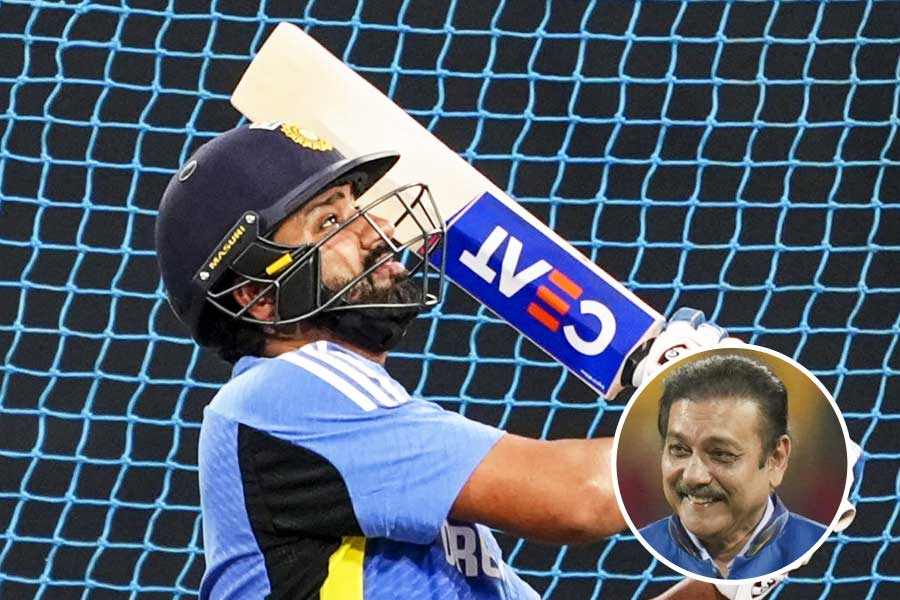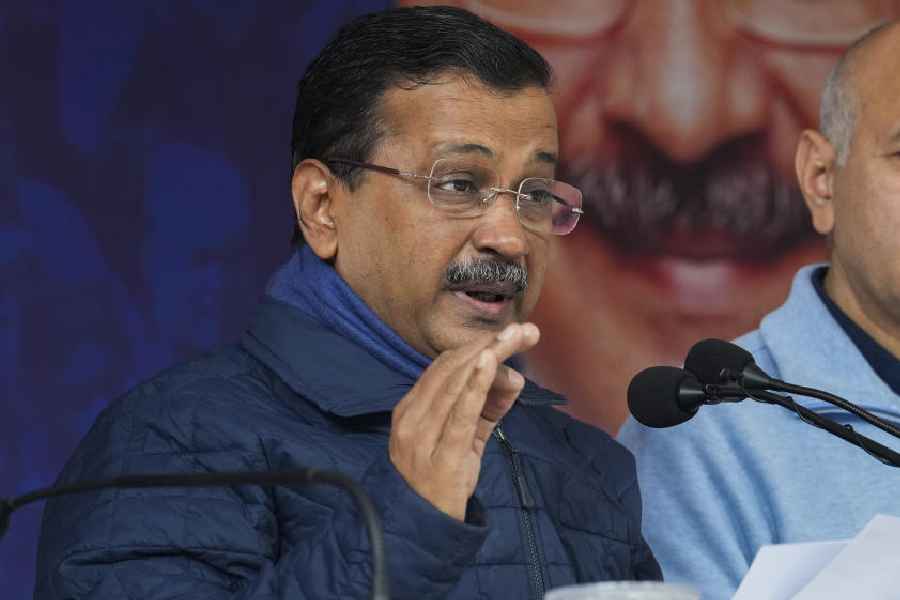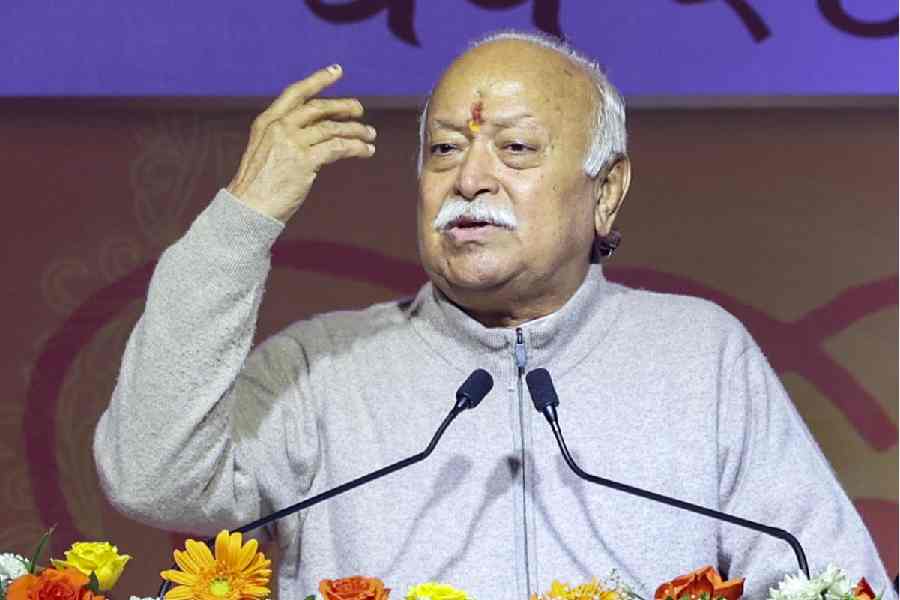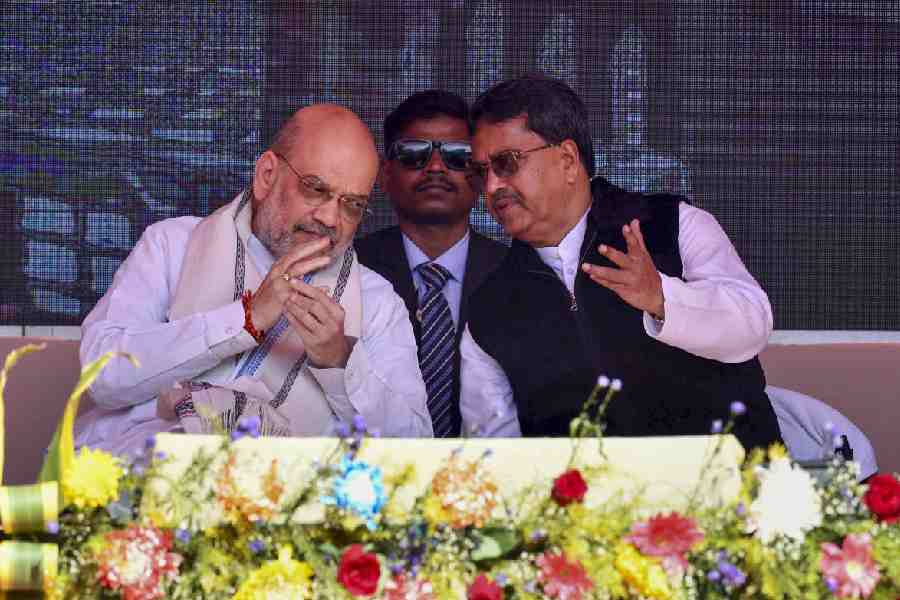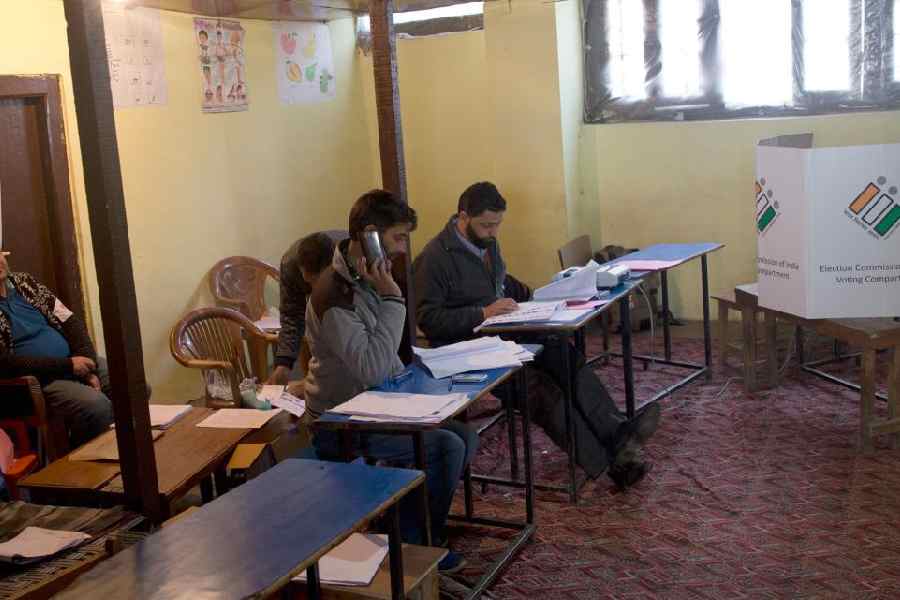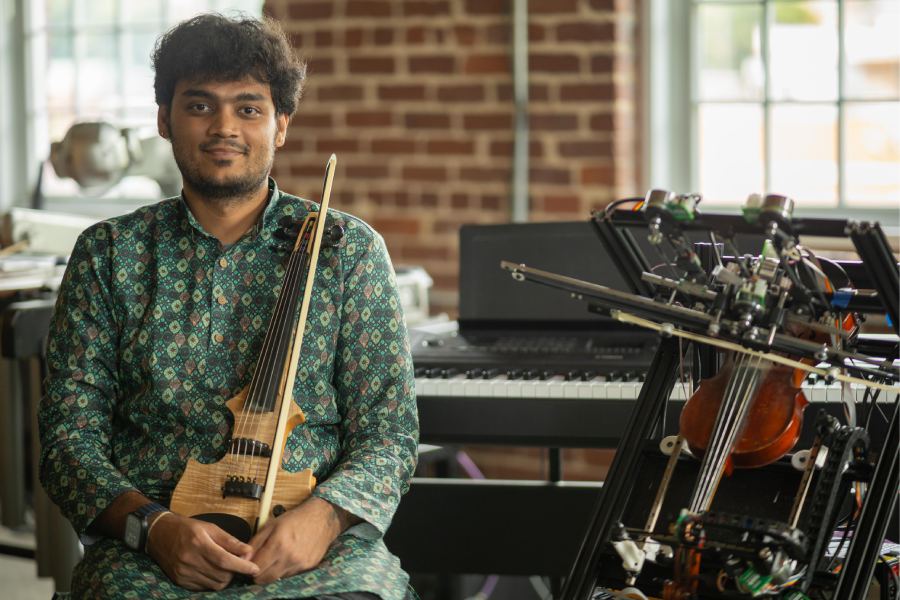The city-wise results of the 2024 nationwide medical college entrance exam have revealed unsurprising clusters of high scores at coaching hubs and puzzlingly large proportions of similar high scores in some small towns.
The education ministry on Sunday said the city-wise results of the National Eligibility-cum-Entrance Test (NEET) 2024 for undergraduate medical admissions point to “a large spread” with many candidates who are not from the traditional tuition hubs among the toppers.
The National Testing Agency (NTA) on Saturday released the city-wise results as directed by the Supreme Court, which is hearing petitions relating to alleged irregularities, including paper leaks and impersonation of candidates at some centres, during the NEET-UG 2024 held on May 5.
Over 2.3 million students had taken the exam conducted at more than 4,700 centres in some 570 towns or cities.
The ministry said the 2,321 candidates who had scored 700 or higher in the test that carries a maximum of 720 marks are distributed across 1,404 centres in 276 cities. Candidates who have scored between 650 and 699 are from 4,044 centres in 509 cities.
In 2023, candidates scoring between 700 and 720 were spread across 116 cities and 310 centres while those scoring between 650 and 699 were spread across 381 cities and 2,431 centres.
The government has used what it has described as the “large spread” of high scores to argue that the decision to align the NEET syllabus with that of the higher secondary board “has started to bear fruits”.
While traditional tuition hubs such as Kota, Kottayam, Hyderabad, Lucknow, Noida or Sikar have large proportions of high scores, many candidates have scored 700-plus in other towns — 23 in Latur, 19 in Faridabad, 18 in Nanded, 17 in Indore, and 16 each from Cuttack and Kanpur have scored 700-plus.
The proportions of candidates with high scores in some towns exceed those in even metros. In Rajkot, for instance, 186 (2.5 per cent) of 7,159 candidates who took the exam in seven centres have scored 650 or higher. In Churu, Rajasthan, 91 (3.2 per cent) of 2,763 candidates who took the exam in eight centres scored 650 or higher. In Berhampur in Odisha, 5,900 candidates took the test while 98 (1.66 per cent) students scored over 650 marks each.
In contrast, 157 (1.5 per cent) of 10,070 candidates in 10 of Bangalore’s centres, 146 (1.9 per cent) of 7,578 candidates in 10 of Delhi’s centres, and 151 (1.9 per cent) of 7,820 candidates in 10 of Calcutta’s exam centres scored 650 or higher.
Some state capitals have performed very poorly. For example, 2,569 students took the test in Mizoram’s Aizawl but none could score 600.
Rajeev Kumar, a retired professor of computer science at Jawaharlal Nehru University, said small cities and towns have certainly produced the best quality students in the past.
However, there is a need to probe the high performance of students from select small cities, he said.
“The NEET result data show a high performance rate of students from small towns and cities from select states like Rajasthan and Gujarat. There is a need to look at these cases closely and probe the profile of students whether they belonged to these small towns and their vicinity or they preferred to take the test from these small towns and if so, why,” Kumar said.
He said the NTA did not prefer to come clean on data.
“The NTA has given names of cities and students and the range of marks scored by them. But it did not give a bell curve to show outliers. From the data given by NTA, the users cannot make much sense, as the data is not readily understood,” Kumar said.
A release issued by the education ministry said candidates between ranks 1 and 100 are spread across 56 cities and 95 centres while candidates between ranks 101 and 1,000 are spread across 18 cities and 706 centres.
But sections of faculty members in medical institutions say they have seen outstanding students emerge from small towns.
“We have seen some very bright, very sharp students who possibly fall prey to the coaching circus. But I really can’t comprehend why we suspect that all who got high marks have done it via some jugaad,” said Kabir Sardana, professor and head of dermatology at the Ram Manohar Lohia Hospital, New Delhi.
“If 25 lakh students take an exam and 0.001 per cent get high marks that is nothing to get hysterical about ... We devalue the merit of some of our students who are brighter and better than students elsewhere in the world,” he added.


